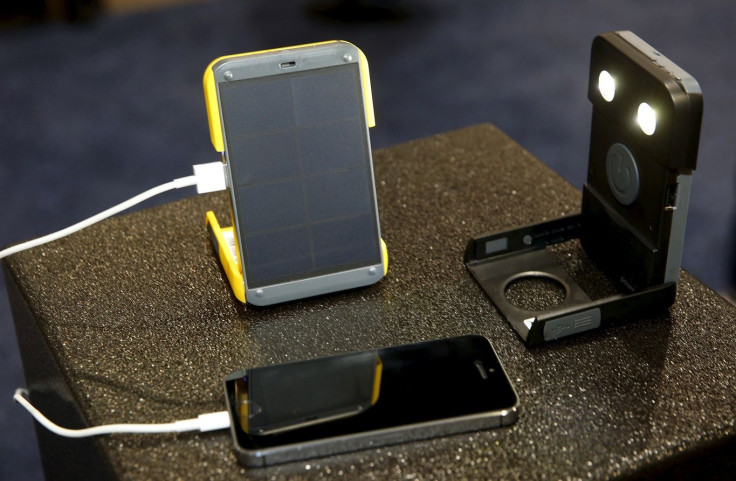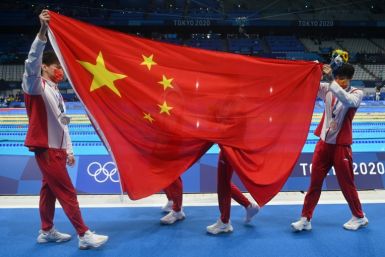Small cell networks market to reach $5.6 billion by 2020

The global small cell networks market, comprising Femtocell, Picocell, Microcell and Metrocell industries, is consistently growing at a fast rate.
According to a report published by Markets and Markets, the industry is expected to expand to US$3.92 billion (AU$5.6 billion) from last year’s US$1.06 billion (AU$1.5 billion) at a Compound Annual Growth Rate (CAGR) of 29.80 percent over the 2014-2020 period. Among the key factors in the expansion of the market is the adherence to improving cellular and broadband infrastructure, systems and technology by all leading network carriers across the globe.
The growth is buoyed by the high adoption of smartphones and the increasing dependency on the Internet, especially by developing countries in Southeast Asia such as Indonesia and the Philippines. Various giant economies in Asia Pacific, such as India and China, also factor in the market growth.
The increase in mobile data traffic creates a gaping hole among carriers and their infrastructure that leads to various problems such as weak mobile phone signals and slow Internet download, upload and browsing speed. These service and technological inadequacies have encouraged service providers to rely on the capacity of femtocell, picocell, and microcell to help improve data and connection strength.
Along with this growth is the rise of new network extender technology such as the revolutionary plug-and-play equipment from American firm 5BARz International (OTCQB: BARZ). This device is radio frequency-based, and is the very first network extender on the market that doesn’t utilise femtocell technology.
“Femtocell is very limited, as it can only be used at the address where it is registered. Several countries like the US has restrictions on its usage, making it inaccessible to a lot of consumers,” said CEO Daniel Bland.
The network extender, a plug-and play device, requires no hardware or software installation. It is also legal, unlike other ‘boosters’ out there blacklisted by several telco agencies.
With this, the report explained, the small cell networks market will remain relevant among network carriers in the next four years, making it a more competitive market in the future. Major players in this niche is Alcatel-Lucent, Airvana, Huawei, Nokia Networks, ZTE and IP.access.
In a separate report from ABI Research, the small cell equipment market is predicted to surpass the US$4 billion (AU$5.7 billion) mark by 2020, with the outdoor cell market growing at a CAGR of 43 percent over the same forecast period.
Nick Marshall, networks research director at ABI Research, said that despite major carriers' extensive deployment of small cell equipment last year, Wi-Fi will still dominate the signal service niche until 2017 onwards.
The aggregation of LTE-U (or LAA), LTE Wi-Fi Access and Wi-Fi link demonstrates the “importance and potential of Wi-Fi to form part of the toolkit for network densification," Marshall was quoted by TelecomTV as saying. In this segment, he added, Verizon, Vodafone, Telefonica, Softbank, SK Telecom and Sprint remain and will continue to be dominant players in the years to come.
Indeed, by 2020, s mall cell, carrier WiFi, C-RAN and DAS networks are expected to grow more and account for over 80 percent of all mobile data traffic, reaching US $40 billion (AU$57 billion) annually during the same period.
Countries with giant economies such as the United States, the UK and China are expected to be the first to utilise 5G technology in 2020.






